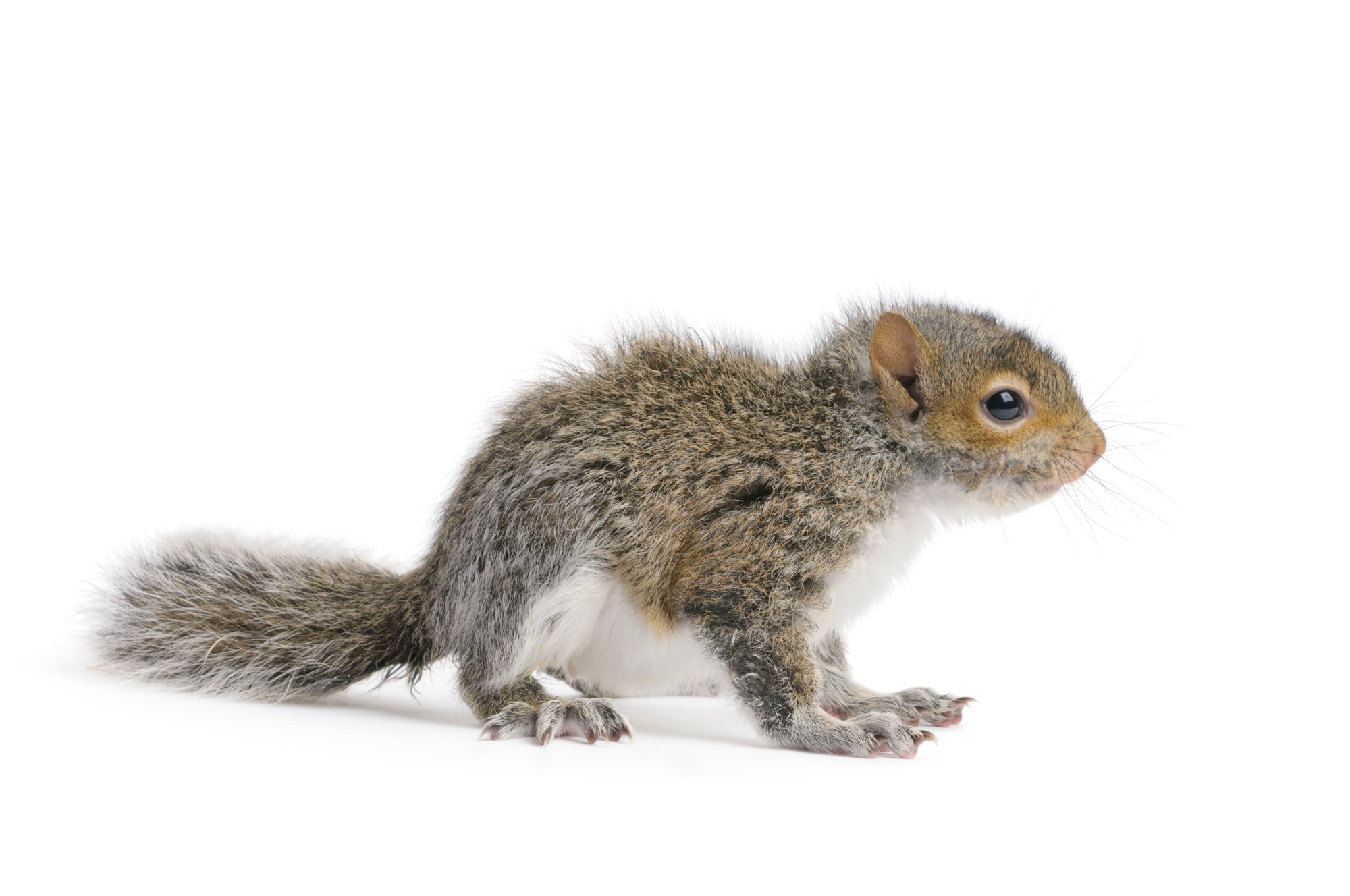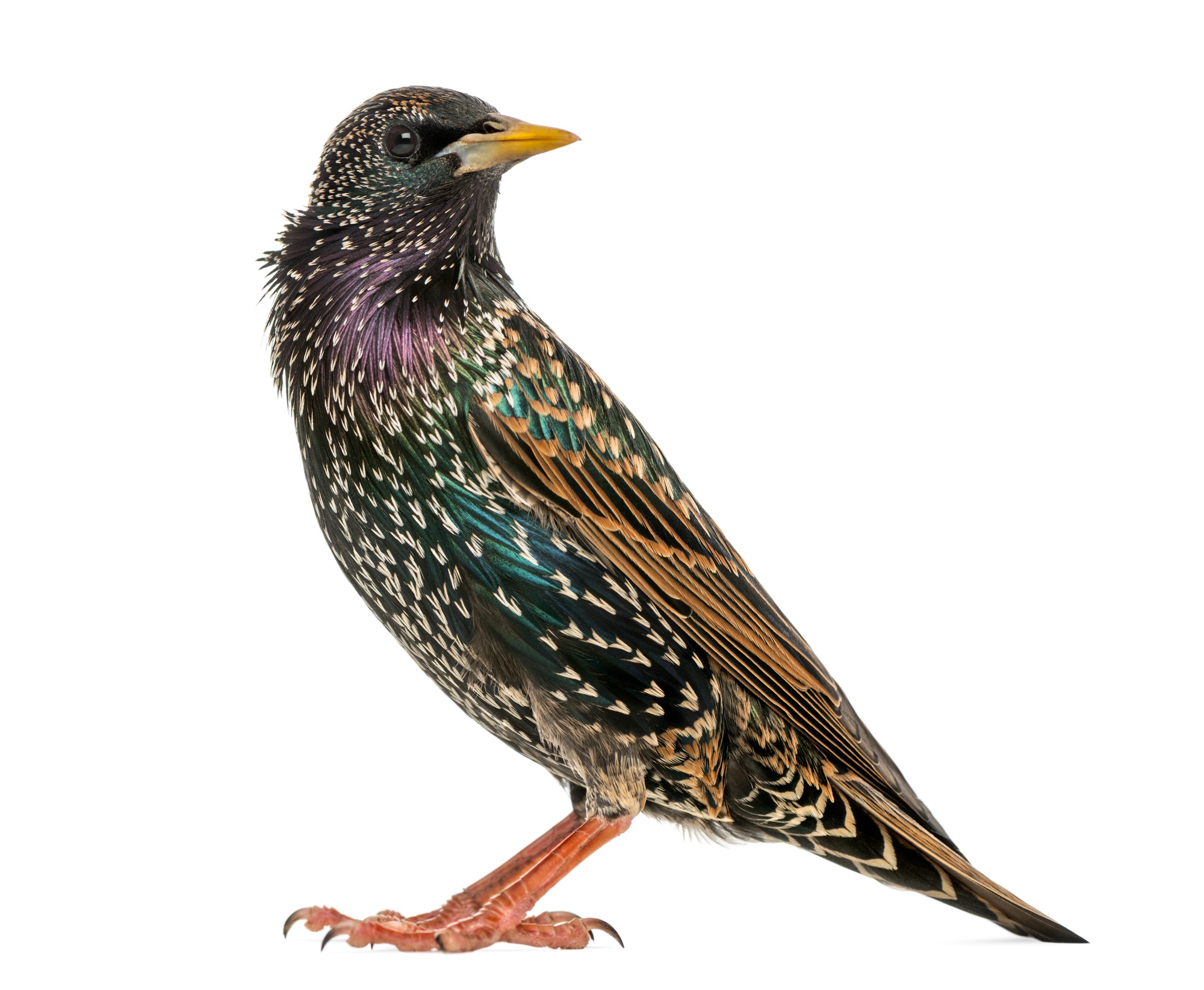Our Wildlife control Services

We offer complete raccoon removal services from trapping and clean up to damage repairs and raccoon proofing.

Our squirrel control services include squirrel trapping, habitat modification and squirrel exclusion services.

We offer a variety of options for effectively controlling birds and preventing their return.
5 Step wildlife Removal Process



Frequent asked questions
Raccoons make loud thumping and dragging noises, usually in the middle of the night. Squirrels are more active early in the morning or around sunset and sound like fast scratching or jumping. Birds make fluttering or pecking noises, and you might hear them moving near vents. The time and sound pattern helps narrow down which animal is up there. We’ve done this long enough to tell the difference without even seeing them.
The first sign is usually noise, scratching, thumping, or fluttering coming from the ceiling or walls. Squirrels are most active early in the morning, raccoons move around at night, and birds make noise near vents during the day. You might also smell urine or feces, see damage to the roofline, or notice droppings around the attic or yard. Some people even see pieces of insulation or nesting material pushed out of vents. If you’re hearing something up there, odds are something’s living there.
Yes, and the damage can get bad fast if it’s not handled right away. Squirrels chew on wood and wires, which can lead to fire hazards. Raccoons are strong and can tear open ductwork, flatten insulation, and break vents to get inside. Birds clog vents with nests, which can lead to moisture problems or even block airflow in your attic. The longer they stay up there, the worse the damage gets.
Raccoons are strong enough to tear straight through shingles and roof decking, even on newer homes. Squirrels usually chew their way in through fascia boards, roof edges, or soft spots near vents. Birds typically enter through attic vents, gable openings, or fan housings that aren’t screened off. Once they get in, they often return year after year unless it’s sealed up tight. Every one of these animals takes advantage of different weak spots, so it’s important to check the whole structure.
Yes, and the longer they’re up there, the worse it gets. Squirrels chew constantly and can destroy insulation, wires, and wood framing. Raccoons rip apart ductwork, crush insulation, and leave piles of feces and urine soaked into the attic. Birds block vents with nests and leave droppings that cause stains and even erosion. These problems don’t go away on their own, they only get more expensive over time.
Raccoon feces can carry roundworm eggs, which are extremely dangerous if disturbed or inhaled. Squirrel and bird droppings spread bacteria and can contaminate your attic and air ducts. Urine soaks into the wood and insulation, and the smell alone is enough to make some attics unusable. These messes aren’t just gross, they’re a real health risk. You can’t just remove the animals and leave the mess behind.
We use humane traps and one-way doors that let the animals leave but stop them from getting back in. Once they’re out, we seal up every single hole using animal proof materials they can’t chew through or tear open. No poisons, no half-measures, no cheap patch jobs. After removal, we handle cleanup and offer repairs so it doesn’t happen again. The goal is to get them out and keep them out, for good.
If they’re still inside when you seal the hole, they’ll either die in the attic or tear something apart trying to escape. If they’re outside, they’ll keep trying to break in through another weak spot. Just covering one hole won’t stop anything, especially long-term. The right way is to remove the animals first, then seal every potential entry point with animal proof materials.

100% Satisfaction Guaranteed